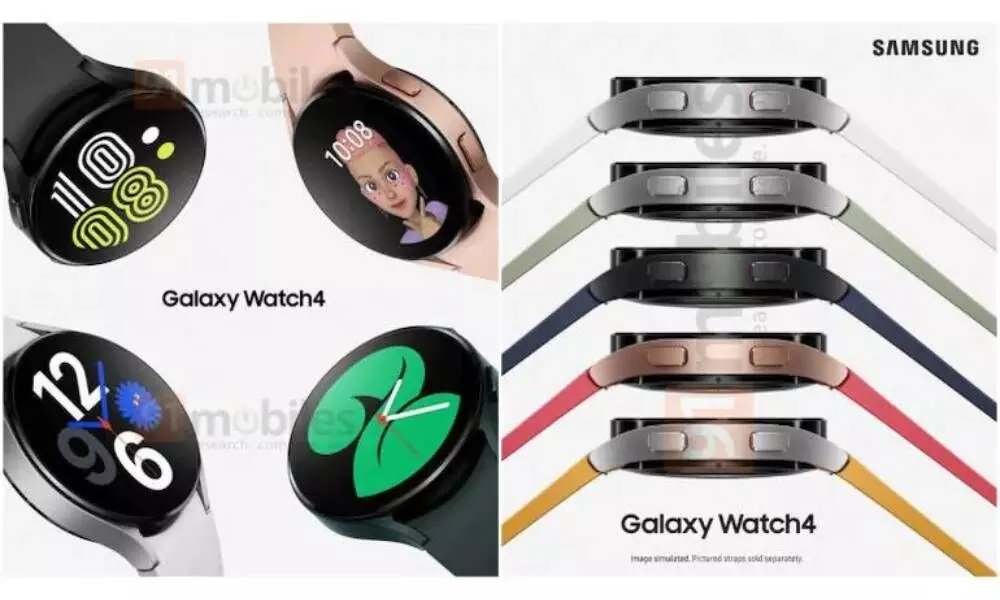Samsung, Google May Stop Big Updates for Old Smartwatches
Galaxy Watch 4 and Pixel Watch 1 may not get Wear OS 6. Samsung, Google may end full support in 2025, raising questions about long-term smartwatch updates.
image for illustrative purpose

Samsung and Google’s earlier-generation smartwatches may soon fall behind as the latest Wear OS update rollout begins. The One UI Watch 8 beta, expected later this month, is set to exclude the Galaxy Watch 4, raising concerns about software longevity for older models.
Samsung originally committed to four years of major software updates for the Galaxy Watch 4, which launched in mid-2021 with Wear OS 3. So far, the watch has received Wear OS 3.5, 4, and 5. However, One UI Watch 6 took until December 2024 to arrive, pushing any future updates beyond the promised window. Whether the Watch 4 will receive Wear OS 6 or be left out remains uncertain.
Meanwhile, Google’s first-generation Pixel Watch, launched in October 2022, is expected to receive software support through October 2025. While Google has been faster than Samsung in pushing updates, its three-year promise lacks the specificity of major update commitments. Wear OS 6 may arrive on Pixel Watch 1 this year, but whether it brings full feature parity remains unclear.
Apple continues to lead the industry in watch support. The Apple Watch Series 6, released in 2020, will reportedly receive watchOS 26 this year—marking a five-year streak of major updates. By contrast, Android watch users face shorter cycles and less clarity.
The hardware itself presents challenges. Smartwatches have limited processing power compared to smartphones. Even a budget phone such as Galaxy A16 offers more RAM and CPU cores, enabling longer support cycles. Battery constraints and thermal limits on watches also restrict the introduction of newer, resource-intensive features.
While Samsung builds its own Exynos chips for watches, performance differences compared to phones remain substantial. With updates like Wear OS 5 causing issues that required quick patches, both Samsung and Google face limitations in pushing older hardware to support newer features.
As Qualcomm prepares a new Snapdragon Wear platform and Google eyes RISC-V architecture for Pixel Watch, newer models are expected to offer longer-lasting and more capable experiences. Cutting support for older models could help streamline development but may frustrate existing users.
The current landscape varies: Mobvoi watches remain on Wear OS 4 without full feature access, while OnePlus offers limited update timelines and slow rollouts. Samsung and Google maintain leadership in software support, but even their update policies are being tested.
Consumers now face a decision: accept shorter software support in exchange for rapid innovation, or expect long-term updates from premium devices. As smartwatches grow in capability, the expectation for longevity will only increase.
Whether users will tolerate being left behind as new tools—like Vascular Load tracking or improved UI design—roll out exclusively to newer models is a key question for the Android smartwatch ecosystem.

